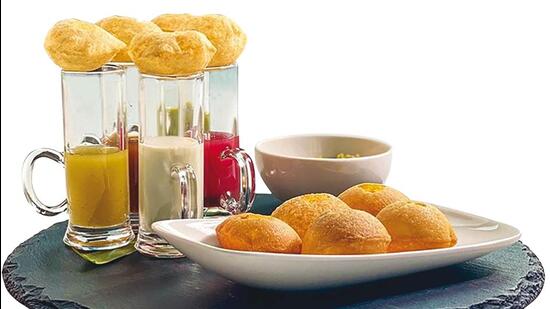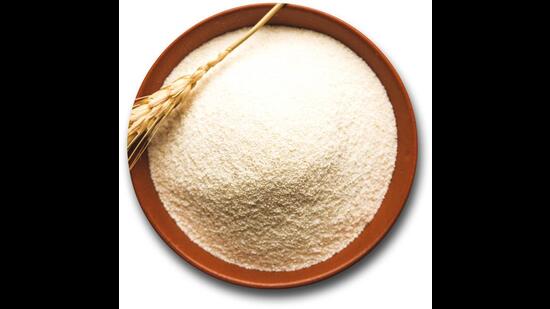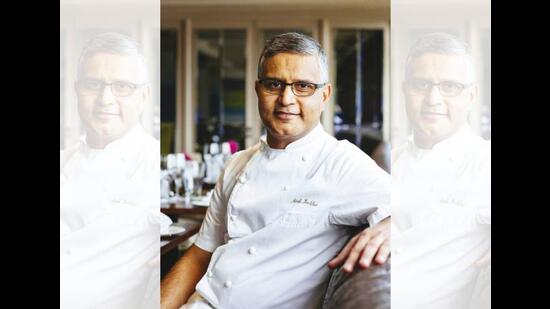Rude Food by Vir Sanghvi: Ghost in the shell
Jul 24, 2023 08:08 PM IST
Whether you’re biting down on a pani puri, golgappa or phuchka, it’s the puri that elevates the experience
Can you think of one Indian dish that you can eat on the streets, and also at fancy, Michelin-starred Indian restaurants all over the world? And it is delicious, no matter where you eat it?




Are you a cricket buff? Participate in the HT Cricket Quiz daily and stand a chance to win an iPhone 15 & Boat Smartwatch. Click here to participate now.
Catch your daily dose of Fashion, Health, Festivals, Travel, Relationship, Recipe and all the other Latest Lifestyle News on Hindustan Times Website and APPs.
Catch your daily dose of Fashion, Health, Festivals, Travel, Relationship, Recipe and all the other Latest Lifestyle News on Hindustan Times Website and APPs.
Share this article






